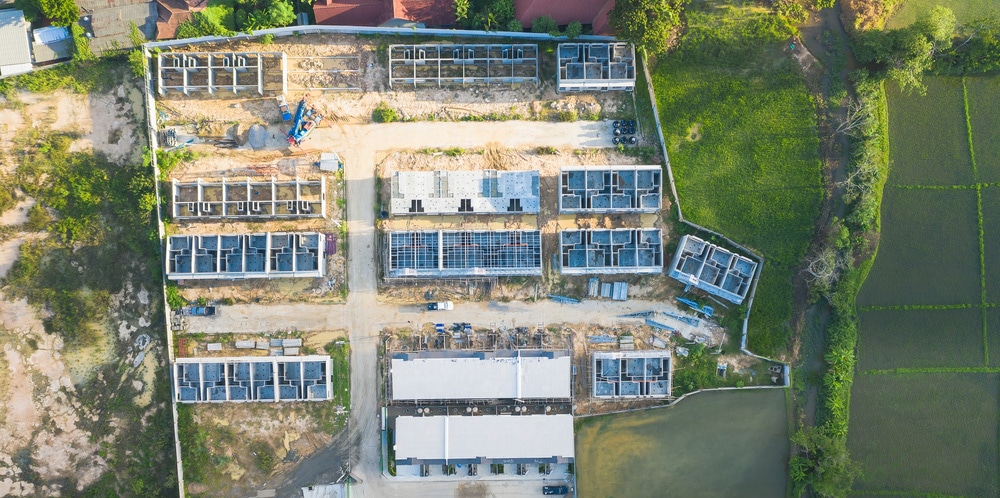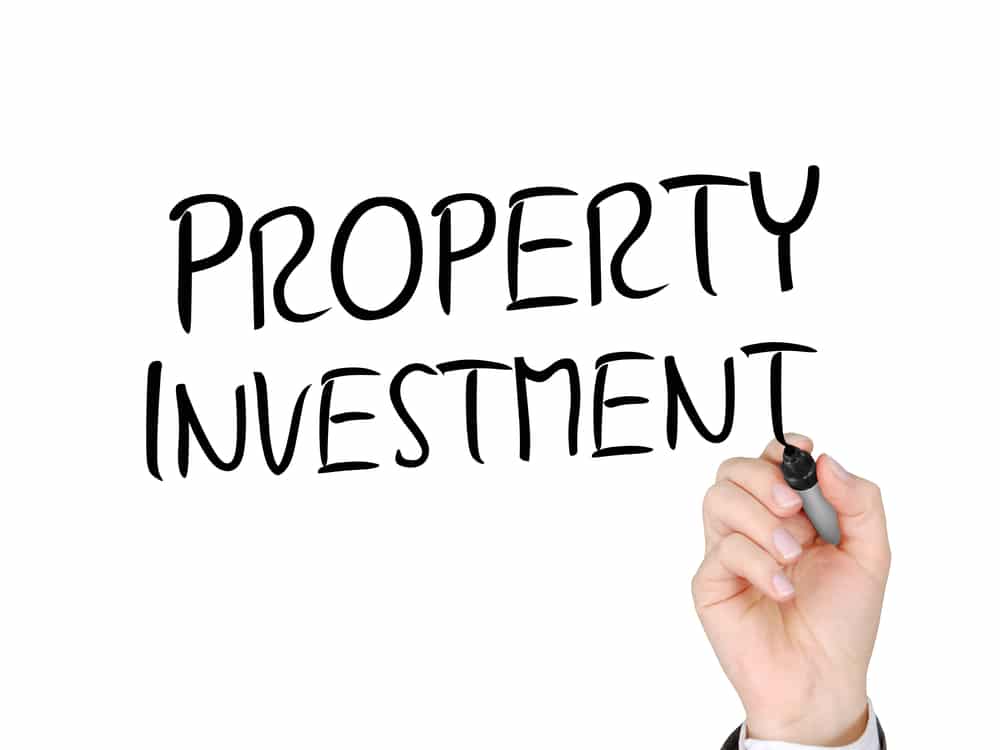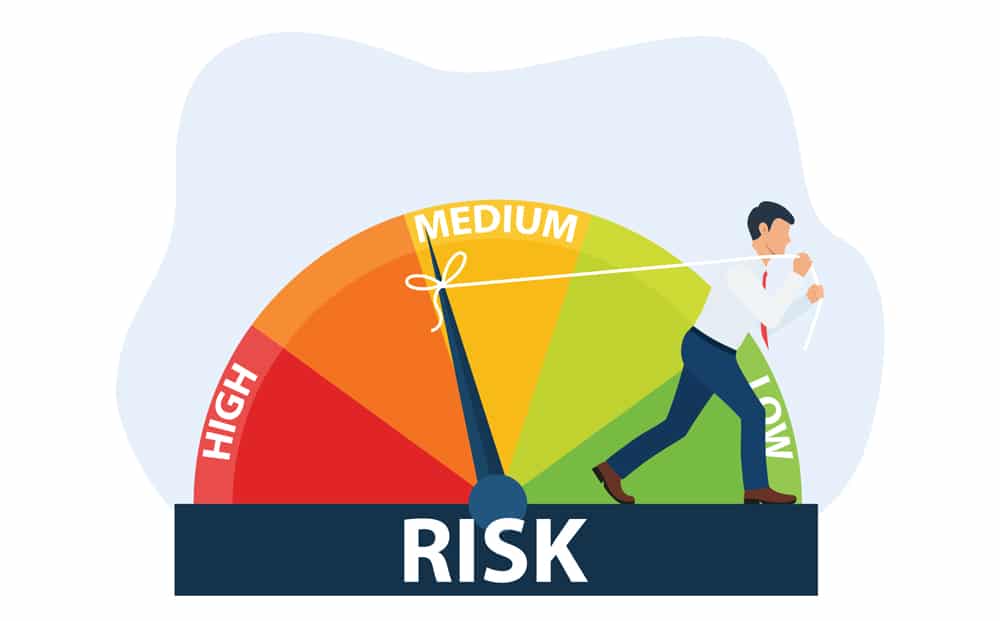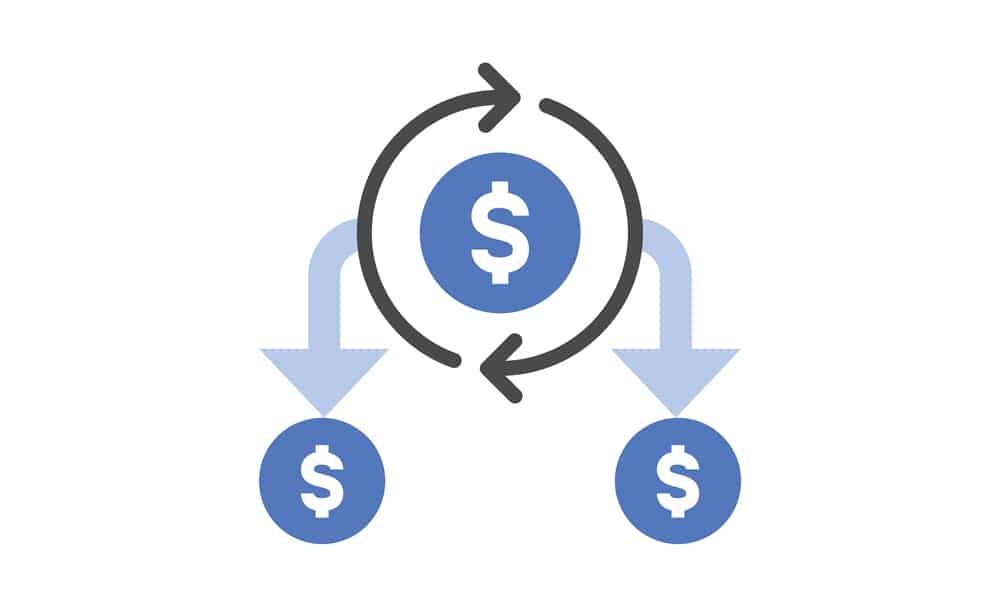
How To Make Money From Subdividing Land?
As an investor, there are many different property investment strategies that you can employ to generate wealth, and
a strategy that is great for instant equity gains is subdivision. But, while it sounds like an exciting project to take on, how do you actually make money from subdividing land?
How to make money from subdividing land largely depends on how you choose to do it. One thing for sure though is that when done right, it can catapult your portfolio significantly in a very short time!
Here’s what you need to know about how to make money from subdividing land and what the process involves.
First, let’s look at the basics.
WHAT IS SUBDIVIDING FOR INVESTMENT?
Subdividing put simply, is to divide land into multiple sections that can be used for development or sale. Once a subdivision occurs, an investor can then place more than one property on the land driving up the value of the section from one dwelling on one piece of land, to potentially multiple properties.
HOW TO MAKE MONEY SUBDIVIDING LAND AS AN INVESTOR?
Subdividing property is a great way to boost profits. When you divide one property into two or more you’ve added value to the property simply by registering the new lots.
Once a subdivision has occurred, there are multiple ways that an investor can make money such as:
- Holding the lots and waiting for an upswinging market
- Developing them by adding another property
- Selling one of the properties to reduce debt on the remaining one
- Renting out dual (or more) properties to create cash flow and passive income
THE DIFFERENT TYPES OF SUBDIVISION
Strata title
Involves converting a single title into multiple titles e.g. splitting up a block of 10 units on one title into 10 separate titles. This increases the value of the properties and it allows you the option of selling each one off individually.
Granny flat
Not every state allows for granny flat construction, nor is it suited for every market. This is why it’s important to know the area you’re investing in very well.
Second property
Involves splitting a large block of land into two or more lots and then building a new property on the vacant land.
Raw land
A process that is much more involved and very capital intensive. Developing raw land requires not only a legal splitting of the property but also physically changing the use of the land.
SUBDIVIDING FOR INVESTMENT PROPERTY
Finding the right property to subdivide is key to succeed with this type of investment strategy. The first step is finding a parcel of land large enough to subdivide. Different suburbs may have different rules around what you can and can’t do so seeking advice early on could save you a lot of headaches in the long run.
Things to think about when you’re looking at land or different properties are:
- What is the position of the powerlines?
- Where are the neighbours located – e.g.; side by side or is it a corner block?
- Is it a busy road that could restrict construction?
- What trees or nature is around that could impact the subdivision?
- Are there things like bus stops, traffic lights, schools or crossings that could make subdividing tricky?
INVESTMENT SUBDIVIDING RELIES ON LOCATION
A quality location should have strong rent-to-income ratios where typical tenants have the cash to also cover a rental increase.
It’s likely that these locations are near you or that you’re even personally familiar with them. As an investor, you need to be open to looking at growth areas in a range of different locations. This is where a good property strategist or coach comes into play. They’ll not only help narrow down your search to a handful of potential locations, they’ll also reach out to local agents in those areas to get a better feel of the rental returns and demographic.
Ideally, you’ll want to look for neighbourhoods that have more of a live, work, play dynamic. These are areas where everything you need or want (entertainment, food precincts, culture, wellness and natural amenities) can be reached within 20 minutes of your property.
Then, there’s gentrification – this is where you could quite easily hit investment subdivision gold!
Location growth comes about through gentrification. Gentrification is the process of an area’s economics going up as more wealthier people move into the neighbourhood. This stimulates growth as they bring with them new money, subsequently attracting more housing, business and infrastructure.
The idea behind it is that wealthy people live where they want to live and they’re willing to pay more for locations that provide proximity, mobility and liveability. So, if you follow the activity of well-off owner-occupiers, you’ll know which areas are valuable for buying an investment property.
Here’s a great explanation on all six stages of gentrification and how to spot the process happening early.
GET THE RIGHT SUPPORT
Asking the question of how to make money subdividing land really relies on getting the right advice from the right experts. It’s a technical process that can quite easily go wrong, and because of this, you need to put together a team of educated and experienced advisors and mentors to help give you the facts, and a solid process and strategy in order to make substantial gains from subdivision.
This is what we like to call your six-star team, which consists of:
- A property strategist expert (the captain of your team – a coach, mentor, investor and advisor who understands your big picture strategy)
- A finance expert
- An acquisitions expert
- A property management expert
- An accounting expert
- A financial planning expert
They’ll help connect you with anyone else you’ll need to call into the planning process such as architects, town planners, the council and even a good lawyer. There is more detail on this is below, all alternatively, attend one of our property investment seminars.
MAIN RULES OF SUBDIVIDING
When it comes to subdividing there are many different laws, regulations, planning approvals and policies which unfortunately are not a one-size-fits-all. In fact, they can not only vary from the different states and territories, but also between different councils too.
Each subdivision will also be at the mercy of zoning requirements, land size and engineering standards.
The good news is that subdividing is a very common practice that takes place all of the time. With the right support as mentioned above, it really doesn’t have to be the stuff of nightmares – actually quite the opposite when you get to the other side and start to see the coin roll in, and all of your efforts paid off.
Like any property venture, there are of course tax implications which you can read about here.
SUBDIVIDING FOR INVESTMENT – HOW?
As mentioned above, location plays a big role in the success of a subdivision. On top of that, ask yourself the following questions to quickly spot an opportunity to force value through subdivision:
- Are there other subdivided properties in the area?
- Would residents choose your potential development?
- Is there a low supply/high demand situation?
YOU’VE FOUND LAND, NOW WHAT?
Next, you want to review local council’s Development Control Plan to check for:
- Minimum lot sizes
- Setback line locations
- Easement locations
- Building restrictions on location and size
- Zoning issues
- Access issues
Choose corner lots or battle axe blocks for the easiest development. Always make sure you run a feasibility analysis before committing yourself to the project.
WHAT YOU SHOULD EXPECT WHEN SUBDIVIDING
The following considerations comprise just a small portion of issues that will need to be addressed when planning a subdivision:
- Council contributions/requirements
- Extra power and connection costs
- Required amenities (e.g. off-street parking/sidewalk, etc)
- Tree removal
- Contamination concerns
AS AN INVESTOR, WHAT DO I ACTUALLY DO?
Subdividing a property is like running a business – there are a lot of moving pieces that you’ll need to be across, but thankfully there are people who can help you with the process. Once you’ve found a prospective property to subdivide and have done all of your due diligence it’s time to prepare your development application.
Here’s a list of professionals that could be involved.
- Conveyancer
- Council
- Building designer
- Urban planner
- Surveyor
- Engineer
- Architect
- Real estate agent
PREPARING YOUR APPLICATION WHEN SUBDIVIDING
Gather your skilled team and prepare your development application.
Here’s what you’ll need to do:
- Provide a copy of the certificate of title
- Give detailed layouts of the existing property both before and after proposed changes
- Meet with your team before the application is lodged
- Get a timeline of the process from council – be persistent if they are unclear, asking “in most cases, how long will it take to get a planning permit?”
Tip: Informing your neighbours about what’s going on could prove beneficial to relations in the future.
BEFORE LODGING THE DA
Before lodging the application, schedule a meeting with the council. Bring your urban planner with you if possible.
Hopefully, by this point you will have established a rapport with at least one of the council members – a move which may prove helpful in your discussions.
At the meeting, discuss the plans you have in place to see if they comply with the council’s guidelines. (If you’ve done your research well, this shouldn’t be an issue).
Finally, remain open to any suggestions that council members may have. As they very likely may reside in the area, they have a vested interest in the outcome, so consider your actions accordingly.
AN EXAMPLE OF HOW TO MAKE MONEY SUBDIVIDING LAND
Here’s an example of how to make money subdividing land from Positive Real Estate’s lead property strategist Sam Saggers.
“To illustrate the benefits of forcing value through subdivision, let me share a story with you.
Recently, my dad wanted to get a better return on his investment than the 3.75% offered by his bank, so he rang me for my advice.
As you might suspect, I suggested investing in houses as a means to increase his returns. I recommended that he purchase a property which he could subdivide and quickly realise a great return.
So, he did just that.
I helped him find the perfect deal in Mudgee, New South Wales. It was a two-bedroom, six unit development for $740,000 ($123,000 per unit) which had not been strata titled.
After strata is completed and all costs accounted for, the price per unit is projected to be about $230,000 each – an increase of $107,000 per unit!
That means he will gain about half a million in added value! Much better (and faster) than any gains on 3.75% interest, wouldn’t you say?
Needless to say, my father is thrilled with the outcome of his investment.
While this is fantastic, you don’t have to strata title a development to make money through subdivision. Simply splitting an oversized lot can yield a great return.”
STRIKING GOLD TWICE!
“My mum also wanted my advice, but she was planning to sell.
Her home in Gladesville in Sydney was becoming unaffordable, and as she was nearing retirement, she planned to use the proceeds to fund her lifestyle.
I told her I’d be happy to help her sell, but when I took a closer look at her property which was situated on a 1012 square metre block, I realised we could do something much better.
Her lot had been considered a standard size when she purchased it 30 years ago, however by today’s standards, it was quite large.
Checking with the local council we discovered that the minimum block size was 500 square meters.
As my mum’s house was in the back corner of the block, we were able to split the lot, create two separate titles and then sell the vacant half for $1.1 million dollars!
Now, rather than uprooting herself, my mum can stay in her long time home and fund her retirement!”
IS SUBDIVISION PROFITABLE?
As you now know there’s a lot to consider when it comes to how to make money subdividing land, but is subdivision profitable, the short answer is YES!
As outlined in this article, when you understand subdivision as an investor, as well as the different types of subdivision opportunities available to you, and what to look for in the right property and location, then you’re well on your way to making money from subdividing.
However, don’t forget you will require a team of experts to support you in getting to the finish line.
In fact, the truth is you won’t succeed as a property investor unless you have the right people around you. Especially when it comes to a technical investment strategy such as subdivision.
We run free real estate investing seminars designed to help you build strong foundations for your property portfolio – including how to choose the best people to help you.
Learn where the best markets are to start your investing journey and begin creating the financially free life you’ve always dreamed of.
Recent Articles
Is Property Investment a Good Investment Asset for You?
Why is property investment a good investment? Why not invest in shares or bonds instead? Which investment is the most secure? If you’ve come to a crossroads in your life where you’re ready to start building your wealth but questions like these are bouncing around your head, then it’s time to sit down and start your education on investing.
Buying an Investment Property Before a First Home in Australia?
Owning property has always been part of the great Australian dream. A lot of people want a place to call their own, with stone benchtops, the latest appliances and a great entertaining deck out back. So, when interest rates hit a record low in the last couple of years and it suddenly started to cost the same to own as it does to rent, why wouldn’t you have just bit the bullet and bought your own home?
The Ins and Outs of Real Estate Risk Management
If you’re new to property investing, what is your risk profile and how do you plan to handle it? Real estate risk management is essential to quashing those all-encompassing fears that can follow investing…
Positive Cash Flow Property – Ultimate Guide 2023
If you want to become a superstar property investor and be on the path to financial freedom, then you’re going to need this guide to investing in positive cash flow properties! Investors that follow a positive cash flow strategy understand that living off passive income is the key to an early retirement – and the only way to do that is to make our money work for us, not against us.
House Vs Apartment Investment – Which Is Better?
These days property comes in all shapes and sizes, giving property investors more options than ever before. The question on everyone’s lips when it comes to the house vs apartment investment equation, is how do you truly know which is better?
The All Monies Mortgage Clause – What You Need To Know!
This article is about the all monies mortgage clause and how it can potentially affect your property investment. When you signed your bank loan agreement to secure funds for a mortgage, did your contract contain an all monies mortgage clause?
How You Can Be 3-7 Years Away From A Multi-Million Dollar Property Portfolio
Using real estate to become a successful property investor is underpinned by one very important philosophy – profits are better than wages. The goal of property investors in the market is to target optimistic returns. However, this does beg the question – if property investing is such a smart and lucrative profit making machine then why don’t more people do it?
Property Strategist Sam Saggers: ‘How You Can Benefit From My Wins And Losses’
Real estate is a game of winning or losing, and as a professional property strategist, in order to get to where I am today, I can honestly say I’ve experienced the full spectrum. But to understand how I’ve managed to turn any loss I’ve had into a gain and support others to do the same, it helps to know where it all began.
How To Create A Step By Step Property Plan
To succeed as a property investor, there is one fundamental component you need – a plan. You need a plan that leaves no bases uncovered that would potentially cause issues in the future. Don’t have a plan? Well, you can use my basic road map!












